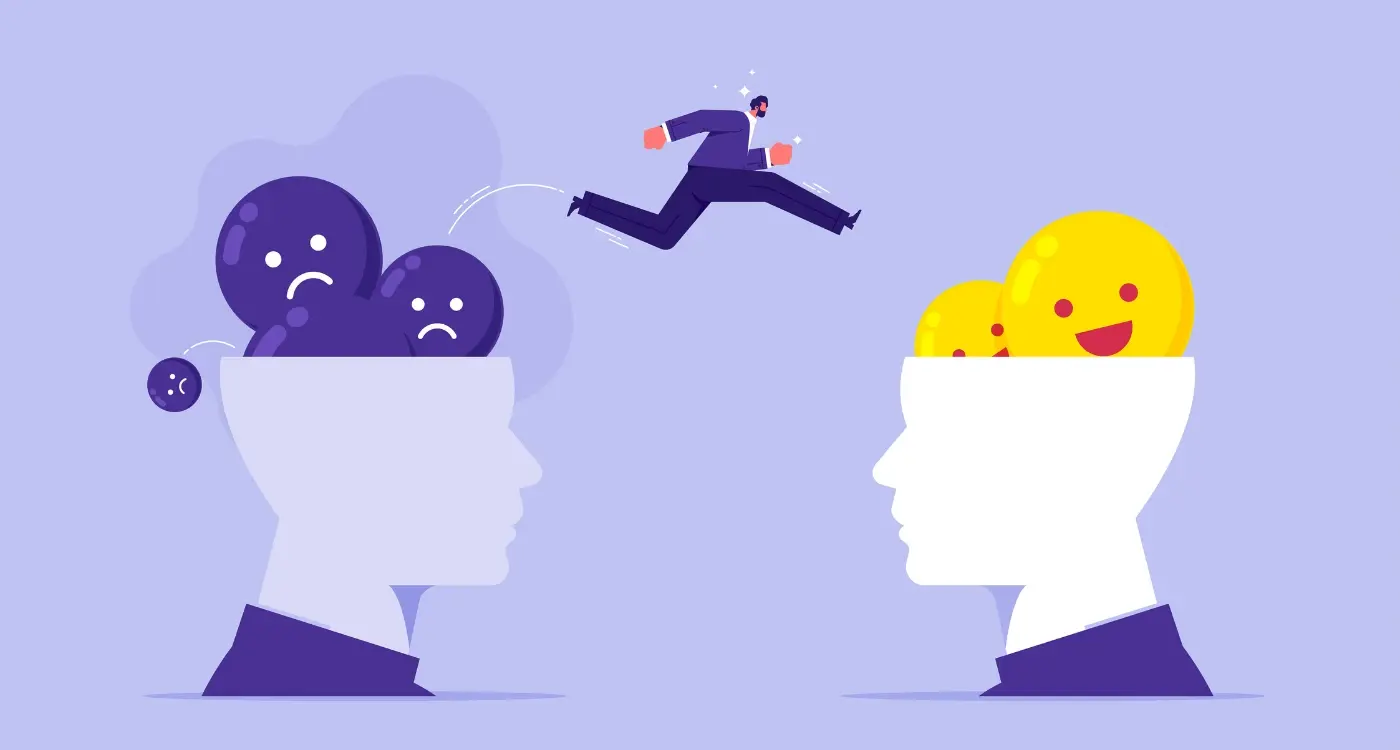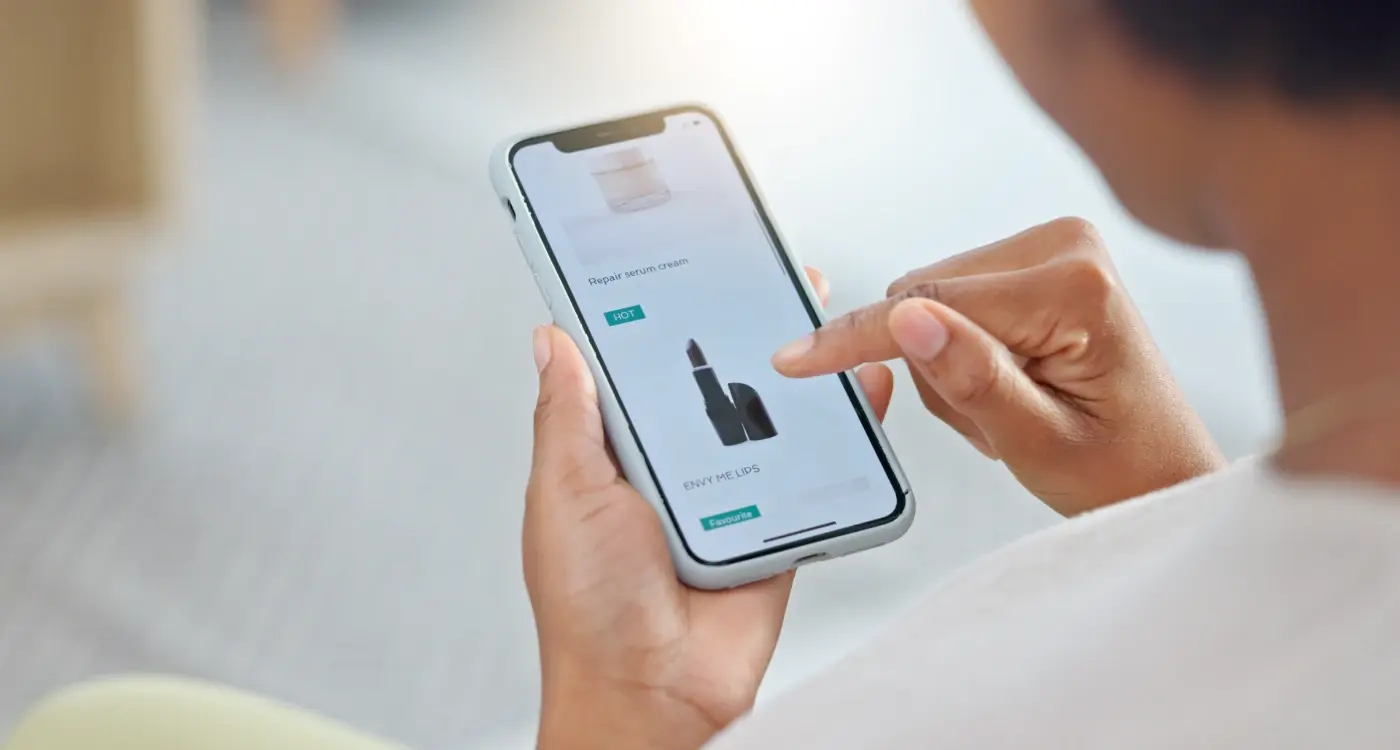What Is Psychology Driven App Development?
I've been designing and building mobile apps for over eight years now, and I can tell you something that might surprise you—most apps fail not because they don't work properly, but because nobody wants to use them. That's a harsh reality, but it's true. The difference between apps that succeed and those that get deleted after five minutes often comes down to one thing: understanding how people's minds actually work.
Psychology-driven app development is about building apps that match the way humans naturally think, feel, and behave. It's not about tricking people or manipulating them—it's about making apps that feel so natural and satisfying to use that people genuinely want to keep coming back. When we understand user psychology in mobile apps, we can create experiences that just make sense.
The best apps don't feel like technology at all; they feel like an extension of how we already think and act
Behavioural app design takes this idea further by looking at the patterns of how people actually use their phones. Do they check apps when they're bored? Stressed? Excited? These moments matter more than you might think. Throughout this guide, we'll explore how your brain responds to different app features, why some designs make you feel good whilst others frustrate you, and most importantly—how to build apps that people can't help but love using.
How the Human Brain Responds to Mobile Apps
Your brain treats your phone like a slot machine—and that's not an accident. Every time you pick up your device and open an app, your brain releases a tiny hit of dopamine, the same chemical that makes you feel good when you eat chocolate or get a hug. App developers have known this for years, which is why your favourite apps feel so hard to put down.
The Three-Second Rule
Here's something most people don't know: your brain decides whether it likes an app within three seconds of opening it. That's faster than you can say "user experience" three times! During those crucial moments, your brain is scanning for familiar patterns, bright colours, and anything that looks rewarding. If an app confuses your brain during this window, you'll probably close it and never come back.
Why Your Brain Craves App Notifications
Those little red badges and notification sounds? They're designed to trigger what scientists call "intermittent variable rewards"—basically, your brain never knows when the next good thing is coming, so it stays alert and ready. It's the same reason people get hooked on gambling machines. Your brain learns that opening the app might bring something exciting: a message from a friend, a like on your photo, or progress in a game. This creates a habit loop that keeps you coming back without you even realising why.
The Science Behind User Behaviour and App Engagement
Now here's where things get really interesting—and I mean properly fascinating stuff. When we talk about user psychology mobile apps, we're looking at actual scientific research that explains why people do what they do on their phones. I've seen apps with brilliant features completely fail because they ignored basic human behaviour patterns.
The dopamine hit is probably the most talked about psychological trigger in behavioural app design, and for good reason. Every time someone gets a notification, completes a task, or unlocks something new, their brain releases a tiny burst of this feel-good chemical. Social media apps have mastered this—those little red notification badges aren't just design choices, they're psychological weapons! But here's what most people don't realise: timing matters more than frequency. A random reward schedule (think slot machines) creates much stronger engagement than predictable ones.
The Power of Mental Models
People carry mental shortcuts called heuristics that help them navigate apps quickly. When your app matches these existing patterns—like putting important buttons where users expect them—you're working with their brain instead of against it. Psychology-driven app development means respecting these mental models whilst still creating something fresh and engaging.
Track micro-interactions like swipes and taps, not just big actions. These small behaviours reveal how users really think about your app.
Building Apps That Match How People Think
When I'm designing an app, I spend a lot of time thinking about how people's brains actually work. Not the technical stuff—I'm not a neuroscientist—but the everyday patterns of how we process information and make decisions. You know how you can walk into a room and immediately know where to look for the light switch? That's because your brain has learnt certain patterns about how things should be organised.
Apps work the same way. People expect certain things to be in certain places, and when we break those expectations without good reason, we create confusion. The back button should be where people expect it; the search function shouldn't be hidden away in some random corner. I've seen brilliant app ideas fail because the developers thought they were being clever with their navigation, when actually they were just making people work harder than they needed to.
Mental Models and App Structure
People carry mental models about how things work. When someone opens a shopping app, they expect to browse, search, add items to a basket, and checkout. Fighting against these established patterns is like swimming upstream—possible, but exhausting for everyone involved.
- Keep navigation consistent throughout your app
- Use familiar icons and symbols people already understand
- Group related features together logically
- Make the most important actions the easiest to find
The best apps feel intuitive because they match how people naturally think and behave, not because they're trying to reinvent everything from scratch.
Creating Emotional Connections Through Design
When I look at the most successful apps I've worked on over the years, there's always one thing they have in common—they make people feel something. Not just satisfied or pleased, but genuinely connected to the experience. This is where behavioural app design really shines; it's not just about making things work, it's about making people care.
Colours are your secret weapon here. Warm oranges and reds create excitement and urgency, which is why food delivery apps love them. Cool blues and greens feel trustworthy and calm—perfect for banking or health apps. I've seen apps transform their user engagement simply by switching from harsh greys to warmer tones. Understanding why emotion is important in app design can help you create these deeper connections with your users.
The Power of Micro-Interactions
Those tiny animations when you tap a button or swipe between screens? They're doing more psychological heavy lifting than you might think. A gentle bounce when someone completes a task creates a moment of joy. A smooth slide transition makes the experience feel effortless and natural.
Good design is actually a lot harder to notice than poor design, in part because good designs fit our needs so well that the design is invisible
User psychology mobile apps research shows that people form emotional attachments within seconds of opening an app. The typography you choose, the spacing between elements, even the sound effects all contribute to whether someone feels welcome or overwhelmed. Get this right and you're not just building an app—you're creating a digital relationship that keeps people coming back.
Using Rewards and Motivation to Keep Users Coming Back
After years of building apps, I've learnt that getting people to download your app is only half the battle—keeping them engaged is where the real challenge lies. The secret weapon? Understanding what motivates people and using that knowledge to create a reward system that feels natural, not forced.
Think about why people love collecting points in games or earning badges on fitness apps. Our brains are wired to seek rewards; it's the same system that helped our ancestors survive. When we achieve something, our brain releases dopamine—a chemical that makes us feel good and want to repeat the behaviour.
Types of Rewards That Actually Work
- Progress indicators that show how far users have come
- Unlockable features or content
- Social recognition through leaderboards or sharing achievements
- Personalised recommendations based on user behaviour
- Time-limited offers that create urgency
The trick isn't to shower users with rewards constantly—that actually makes them less effective. Instead, use variable rewards; sometimes they get something amazing, sometimes something small. This unpredictability keeps people coming back because they never know what they might discover next.
Getting the Balance Right
I've seen apps fail because they went overboard with notifications and rewards. People aren't stupid—they can tell when you're being manipulative. The best reward systems feel like a natural part of the app experience, celebrating genuine achievements rather than manufactured milestones. This approach aligns with what makes the difference between average and stellar apps.
Common Psychology Mistakes That Kill App Success
After working on countless mobile apps over the years, I've spotted the same psychology mistakes time and time again. The ones that make users delete apps faster than you can say "user experience". These aren't technical bugs or design flaws—they're deeper problems with how we think about user psychology mobile apps and what drives people to keep coming back.
The Big Four Psychology Blunders
Let me share the most damaging mistakes I see teams make when building apps. Trust me, I've made some of these myself!
- Overwhelming users with too many choices right from the start
- Making the reward system too complicated or delayed
- Ignoring the emotional state users are in when they open your app
- Copying what works for other apps without understanding why it works
The choice overload problem is massive. When people download your app, they want to feel smart and capable—not confused. I've seen apps with seven different onboarding paths that left users feeling lost before they'd even started. Your behavioural app design should guide people gently, not bombard them with decisions.
Test your app with someone who's never seen it before. Watch their face when they first open it—confusion means you've got work to do.
The Reward Timing Trap
Psychology-driven app development means understanding that people need wins early and often. Making users wait three weeks for their first meaningful reward is like asking someone to run a marathon before they've learned to walk. Give them small victories within the first few minutes, then build from there. Learning from what developers can learn from top app development companies can help you avoid these common pitfalls.
Testing and Measuring the Psychology of Your App
Right, let's talk about something that most app developers get completely wrong—testing the psychological impact of their apps. I've seen countless brilliant apps fail because the team assumed they knew how users would react; they built something that made perfect sense to them but left real users feeling confused or frustrated.
The thing is, you can't just guess whether your psychological triggers are working. You need proper data. Start with A/B testing different reward systems—maybe show half your users a progress bar that fills up slowly and the other half quick achievement badges. Watch which group engages more and for longer periods. One approach is to understand how app development projects can improve customer service by gathering meaningful user feedback.
Heat Maps Tell the Real Story
Heat mapping tools show you exactly where people tap, swipe and get stuck. I once worked on an app where we thought our main call-to-action button was perfectly placed; turns out users were completely ignoring it and tapping a random bit of text instead. The heat map data saved us from launching something that would've flopped.
Listen to What Users Actually Say
Don't just look at numbers—talk to your users directly. Ask them how the app makes them feel, not just what features they want. Their emotional responses will tell you whether your psychological design choices are hitting the mark or missing completely. Sometimes the most powerful insights come from unexpected sources, like apps you never knew you needed that excel at understanding user psychology.
Conclusion
After spending eight years working with clients on psychology-driven app development, I can tell you one thing with absolute certainty—the apps that succeed aren't just the ones with the prettiest interfaces or the most features. They're the ones that understand people. Really understand them. The way our brains work, what motivates us, and most importantly, what makes us want to come back for more.
Throughout this guide we've explored how behavioural app design can transform a good idea into something people actually want to use. We've looked at the science behind user psychology mobile apps and why certain design choices work whilst others fall flat. But here's what I want you to remember: this isn't about manipulation or tricks—it's about creating genuine value that aligns with how people naturally think and behave.
The best apps I've worked on have always started with empathy. Understanding that behind every download is a real person with real needs, frustrations, and goals. When you design with psychology in mind, you're not just building software; you're solving human problems in a way that feels natural and rewarding. That's what separates successful apps from the millions gathering digital dust in app stores.
Share this
Subscribe To Our Learning Centre
You May Also Like
These Related Guides

Should I Hire A Psychology Based App Developer?

Which Psychological Triggers Keep Users Coming Back?



